Get it right here: https://amzn.to/3YWNgvT
(We are an Amazon Affiliate)
Let’s face it: When someone asks you about how strong you are, they rarely ask you how much you can squat, or even deadlift. They want to know how much you bench. This would be a fabulous implement for your gym. Rated for a 500 lb bench press, this beast is fully functional, yet space efficient; folding up neatly when you are done for the day. If it’s shoulders like boulders or treks to the excellent pecs….THIS is the bench for you. Get yours right here at…https://amzn.to/3G4zb95 (We are an Amazon Affiliate)
Check out the price here: https://amzn.to/3YWNgvT
Have a look….
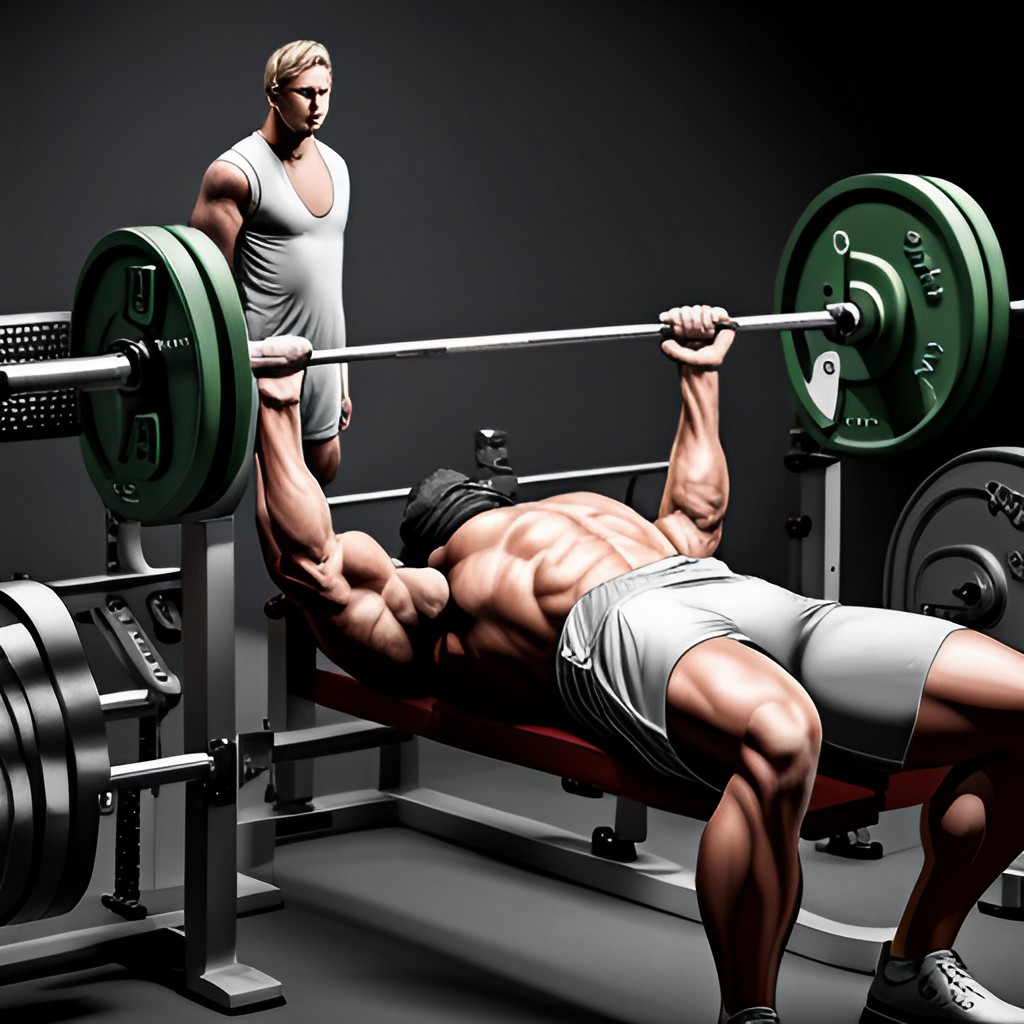
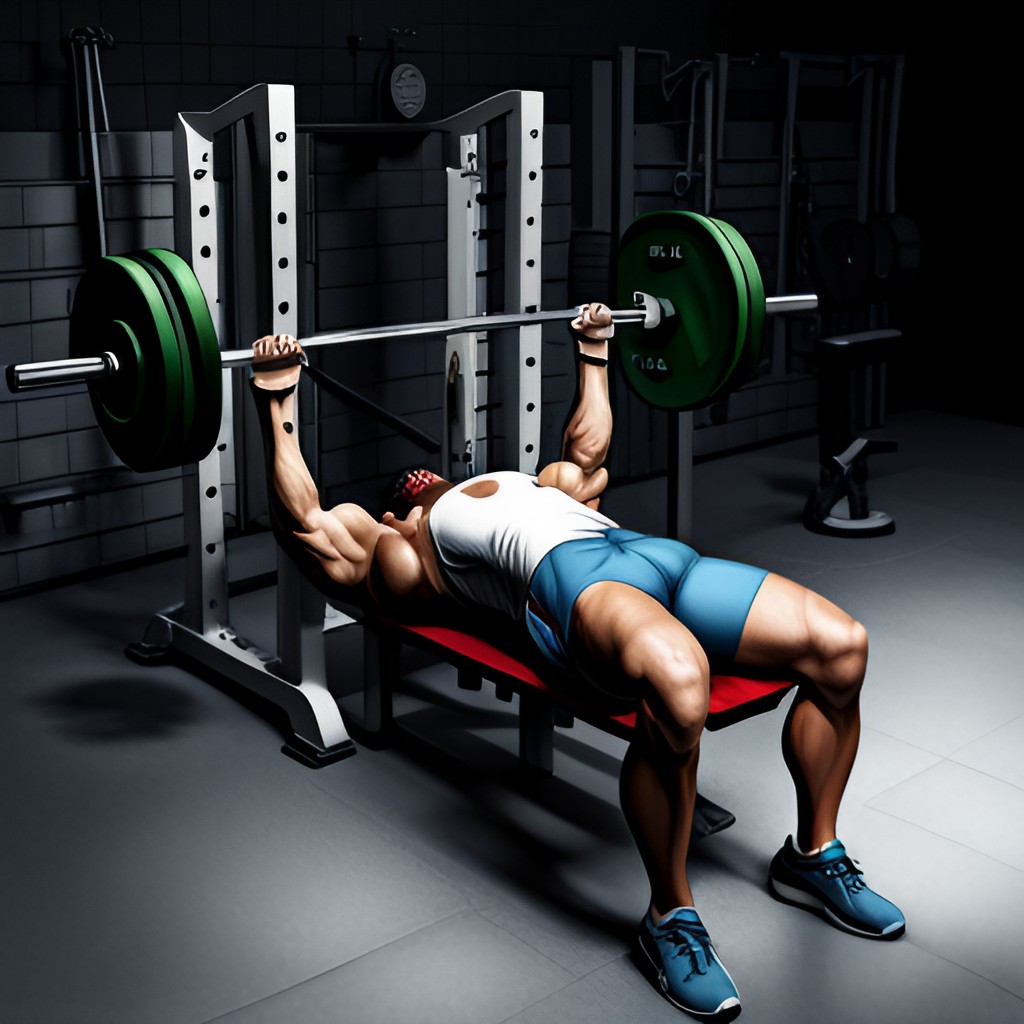
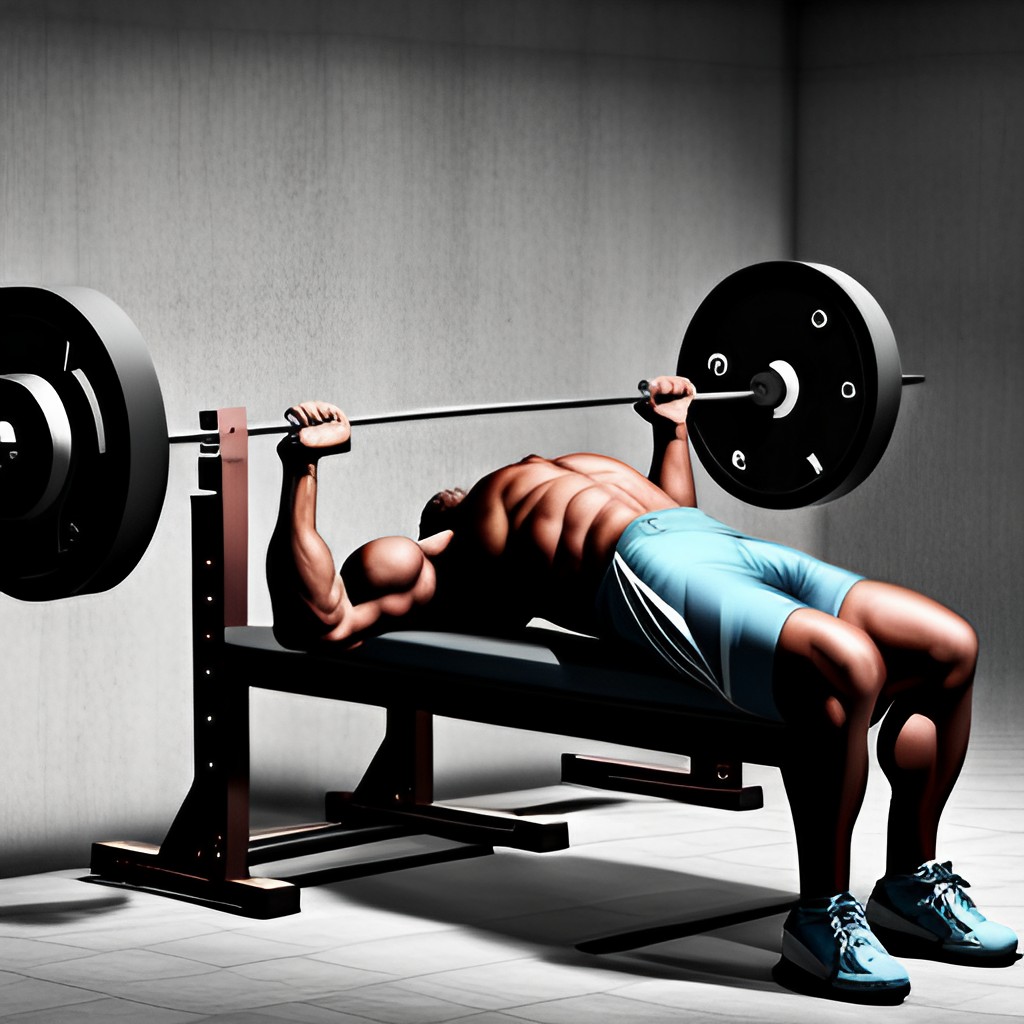

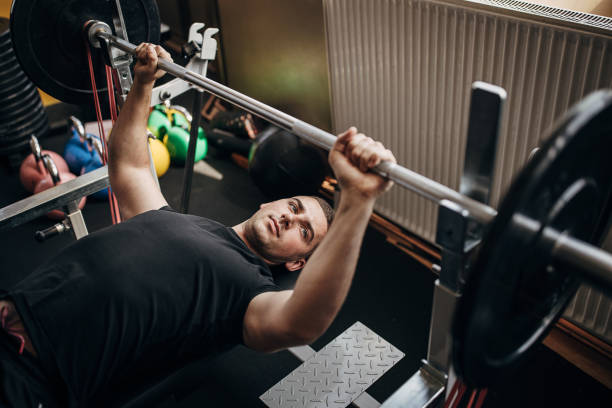
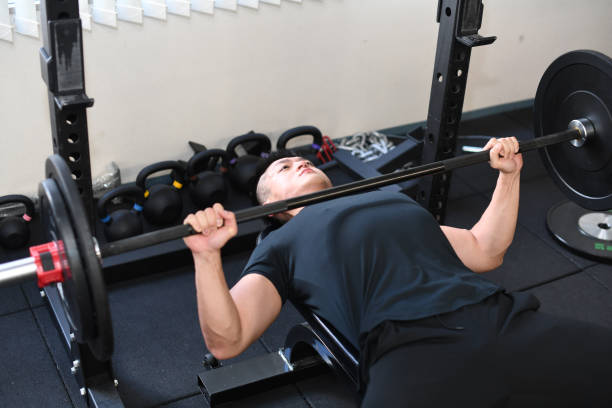

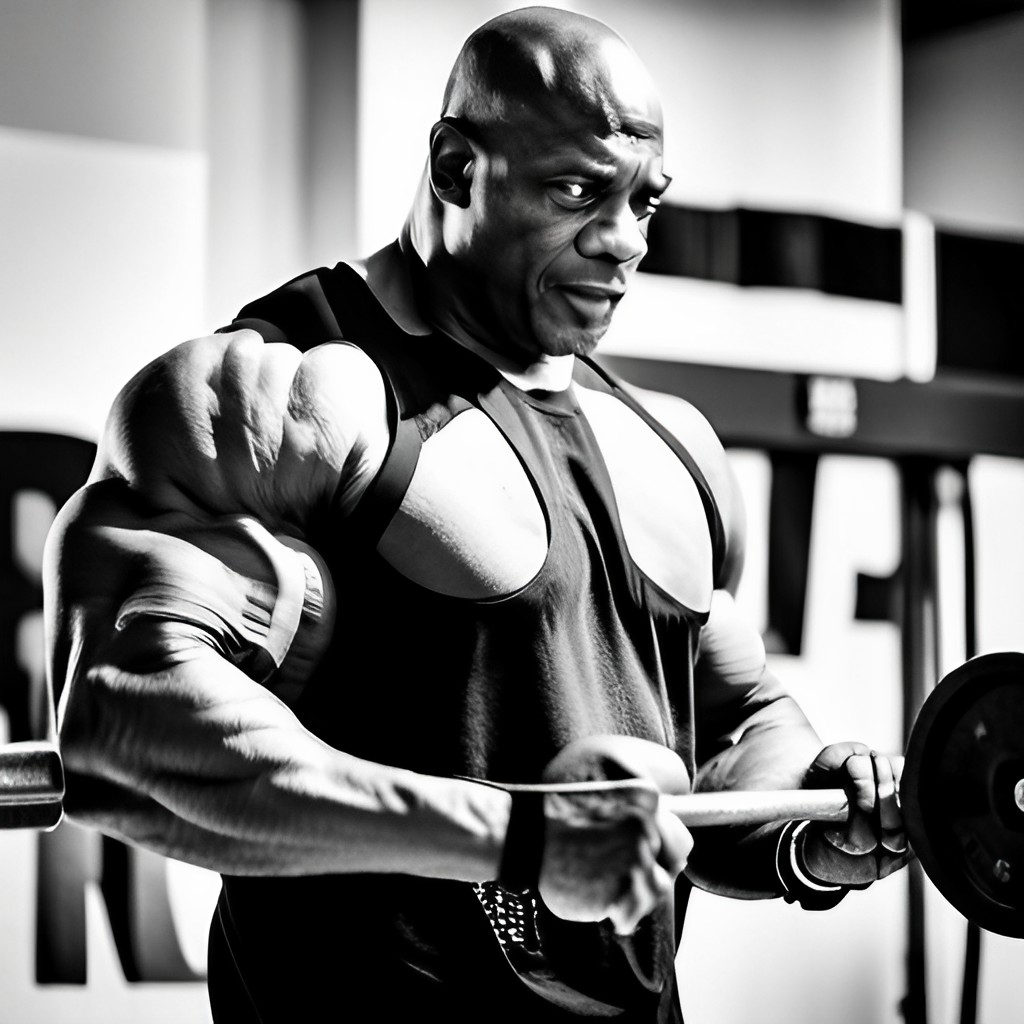

The Rise and Bench-Press of Fitness Legends: History, Tips, and Essential Toolkits
When it comes to weightlifting folklore, the hallowed bench press holds its place atop the pantheon of gym exercises. A bastion of upper-body strength, the bench press has shaped the fitness journeys of many a gym-goer, from powerlifters to casual fitness enthusiasts. However, to understand the significance of this exercise is to unravel its storied past, from its inception to modern-day prowess showcased on Instagram videos.
The Bench Press Journey: From Baltic Strongman to Personal Bests
The history of the bench press is as fascinating as the exercise itself. Many are unaware that the first iteration of what would become today’s iconic bench press wasn’t even performed on a bench. It was George Hackenschmid, a Baltic wrestler and strongman, who, in 1896, discovered a deficit in his upper-body prowess. To correct his perceived weakness, he developed a workout that involved lying on the floor and lifting heavy weights. This act of utilitarian self-improvement led to what we now call the floor press — the bench press’s primitive forebear.
Fast forward to 1950, and the weightlifting bench, a crucial piece of equipment designed to optimize the bench press exercise, made its entrance. Surpassing feats were recorded, and the bench press would become part of the pantheon of powerlifting disciplines, alongside the deadlift and squat. Today, athletes and weightlifting aficionados continue to push the boundaries of human strength through this storied exercise.
The Anatomy of the Bench Press: Muscular Engagement and Physical Benefits
To dissect the bench press is to comprehend its intricate relationship with the human physique. The exercise primarily targets the pectoralis major, the powerful chest muscle that lends one a Herculean silhouette. Accompanying this muscle is the anterior deltoid, which shares responsibility for shoulder motion, and the triceps brachii, a three-headed muscle critical for arm extension and stability.
Engaging in consistent bench press workouts can yield an array of physical benefits. These include enhanced upper-body strength and muscular endurance, with the potential for increased chest definition and broader shoulders. Beyond aesthetics, bench pressing also fosters functional strength, aiding in everyday activities that require pushing or lifting motions.
The Bench Press as a Litmus Test: from Health to Competitions
The bench press serves as a litmus test for the overall health and strength of an individual. Health professionals utilize it to assess upper-body strength and endurance, making it a quintessential component of many fitness evaluations. In competitive weightlifting arenas, personal and world records in the bench press continue to captivate audiences, with weightlifters such as Julius Maddox redefining the limits of human capability.
Bench Press Mastery: Techniques and Best Practices
For those looking to master the bench press, understanding proper techniques and best practices is paramount. The following elements form the foundation of a successful bench press:
The Set-up
A solid foundation begins with the set-up. This involves lying on the bench with your feet planted firmly on the ground. Your back should form a natural arch, with your shoulder blades retracted and your chest puffed out. Grip the bar with your arms extended, slightly wider than shoulder-width apart, and maintain a full grip — thumbs wrapped around the bar.
The Descent
Lower the bar under control, allowing it to touch the lower part of your chest. Your grip, initially wider than shoulder-width, should change, with your forearms perpendicular to the floor. Breathe deeply into your diaphragm, keeping it tight to support your spine.
The Ascent
Drive the bar upward with force, exhaling as you press. Keep your feet planted to the ground, exert pressure against the ground, and maintain the natural arch in your back. The ascent should be powerful yet controlled, with a slight flare of the elbows at the top of the movement to reduce strain on the shoulder joint.
Safety Considerations
Safety should never be compromised for a higher weight or more reps. Have a spotter present for heavier lifts, and always use collars to secure the weight plates. During the exercise, if you struggle or the spotter intervenes, do not panic. Simply reduce the weight, guide the bar to the nearest J-hook or landing spot without bending your wrists, and regather for the next attempt.
The Adaptive Bench Press: Equipment Evolutions and Innovations
In the quest for bench press supremacy, the barbell and weight bench have witnessed considerable evolution. Modern adjustable weight benches offer a spectrum of positions, from incline to decline, providing versatility that caters to a diverse array of exercises and user preferences. The incorporation of smart technology and materials has lent these fitness furnishings a fusion of comfort, stability, and safety, making them indispensable for home and commercial gyms alike.
Building the Ultimate Home Gym: The Bench Press as a Core Component
For the fitness conscious eager to craft a sanctuary of wellbeing within their abodes, the bench press stands as a core component of the ultimate home gym. Paired with a robust barbell and a set of weight plates, an adjustable weight bench transforms into a multilateral strength training station, fostering comprehensive workouts that target various muscle groups.
The Future of the Bench Press: Innovations in Strength Training
The future promises innovations in strength training that will further enhance the bench press experience. From personalized training programs that optimize workouts to equipment advancements that mitigate injury risk, the bench press will continue to evolve, reflective of an industry always pushing for greater fitness horizons.
With the bench press serving as a symbol of resilience and progress, fitness enthusiasts are bound to its legacy of continuous improvement. Today, whether in a commercial gym or a personal fitness space, the humble bench press maintains its steadfast presence, fostering strength, endurance, and a community united in its love for lifting.#
BONUS: Beginner bench routine.
Beginners bench routine:
this routine is tried and true for the beginner bench practitioner.
I used it on many occasions the first time I brought my bench from 300 to 330 in 10 weeks or so.
Is based on a percentage of your Max bench, that is, the most you’ve ever done on the bench for one Rep. For simplicity sake let’s go with a 100 pound bench you can adjust it accordingly by simply multiplying your Max bench by the particular number for example 70% would be .7 times whatever your Max is to give you the percentage.
Week one: 50 percent… Three sets of 10. This would be 50 pounds
Week two: 55% at three sets of nine. 55 pounds.
Week 3: 60% at three sets of eight. 60 pounds.
Week 4: 65% at three sets of seven. 65 pounds
Week 5: 70% at three sets of six. 70 pounds
Week 6 75% at three sets of five. 75 pounds
Week 7 80% of three sets of four. 80 pounds
Week 8: 85% of three sets of three. 85 pounds
Week 10: 90% at two sets of two. 90 pounds
Week 11: 95% at two sets of 1. 95 pounds
Week 12: new Max. 100%, 105%, 110%
So the 100 pound Max bench it would look like 100 pounds 105 an 110.
This is a twice a week program. Give 72 hours of rest in between the two workouts per week. For example heavy day on Monday and light (80% of Monday’s workout) on Thursday.
Assistance work would be:
1. One to three sets of your favorite curls.
2. One to three sets have military presses.
3. One to three sets your favorite tricep exercise.
All assistance work is done within 8 to 12 Rep scheme.
Remember your light day is scaled back to 80% in the assistance work as well.
Always repeat always… Have at least one spotter while you bench.
Here it is: https://amzn.to/3YWNgvT
Check out the CanPa store with its GREAT equipment:https://amzn.to/3ZTSut2
